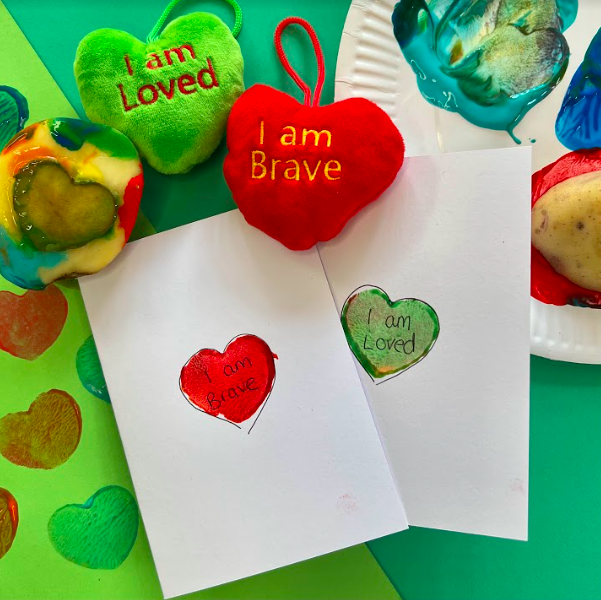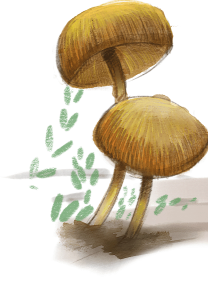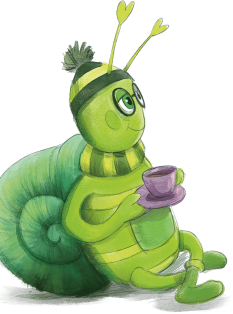We chose a tree and nature in Hug-a-Bug World to represent the connection between humans and nature. The tree represents our roots, the potential for growth, seasonal changes and the paths we follow. Trees are resilient, and historically represent wisdom and strength. The wise old tree in Huig-a-Bug World characterises a strong role model for children to look to for guidance.
When considering including a tree in Hug-a-Bug World we explored the symbolism of what trees represent. The tree of life is a representation in religion, philosophy, and spiritual connection. The family tree represents our heritage and the future growth of our families. And today we are fighting to save the tree to sustain our environmental future.
There are so many connections between humans and trees and here are just a few:
- Trees are Unique, resilient, and universal
- Trees are strong
- Trees have years of growth
- Trees give us what we need
- Trees stabilize, shelter, and shade us
- Trees protect us
- Trees give life to the world
- Trees can provide medicine
- Trees can keep disasters at bay
- Trees offer food and a home
- Trees provide health and well being
- Trees filter noise and light to aid rest and sleep
- Trees can be therapeutic and calming
- Trees like to be hugged.
Do you see the similarities between what trees and parents or carers provide for children? We can all learn from the tree.
Look at the list again and read each line but replace ‘Trees are…’ with ‘Parents/Carers are…’
Don’t forget, you sometimes need a hug too!
Trees and parents/carers need to stand the test of time. It is therefore essential that you meet your needs to enable you to be there for your child too. Caring for children is an ongoing 24/7 responsibility. Parents and carers do an excellent job, but we want to offer extra support to help sustain the commitment.
The tree as a symbol represents all we believe is needed to support parents and carers with the task of raising resilient, confident, emotionally intelligent children. When we look at trees, beyond our first impressions, we might notice broken bark, split branches or fallen leaves. Adults also go through loss, and sometimes feel scarred by their experiences. But it all matures us and shapes us towards becoming wise like the tree. This symbolism is useful to use with your child when they struggle with their current experiences to help them see life’s lessons.
It is also possible to use the tree to help them understand new growth and how we repair from our experiences. Good experiences or not, our roots provide us lessons for us to take on our journey. And whatever life throws at us, it can be useful to remember that we are always rooted and connected to the earth. With each new transition or season, we can grow new buds and start again or feel the energy of fresh air and earth. Changes and hardships can be motivational to help us see a new way ahead.
As you can see, the tree talks our language, and the Hug-a-Bug tree encompasses everything that all trees symbolise. Most of all, the tree stands the test of time and is resilient.
Exercises
Helping children to care about nature is a way to teach them how to care for themselves and others.
- Take your child on a walk where there are trees. Whether in a park, the woods or gardens, ask them what they notice about the path they walk along. Get them to look at the trees and tell you what they see. If they struggle, ask them about the bark, branches and the leaves and encourage them to describe colours, textures and different smells. Ask them what they hear, such as, rustling or the sound of any animals or bugs they see.
- Noticing nature creates an appreciation and a connection. It’s a first step towards deepening their awareness to trees as living organisms essential to the environment and their own wellbeing.
- Trees can represent emotions from being calm and serene. They can glisten in the sunshine or seem angry in the midst of a storm with their branches flailing and their leaves falling. Observing trees in different conditions can be useful to teach your child about emotions. And of course, even the wildest of storms eventually ends, which is a perfect metaphor to help your child through tough times.
- To help with your child’s emotional intelligence and empathic development you can teach your child to understand things from the perspective of a tree. Pick out a tree and ask them what they think the tree sees.
- Teach your child this little rhyme to help them feel connected and protected when surrounded by trees:
When I look up into a tree that is looking over me
I feel loved, secure, and as safe as can be.
How does the tree see me?




